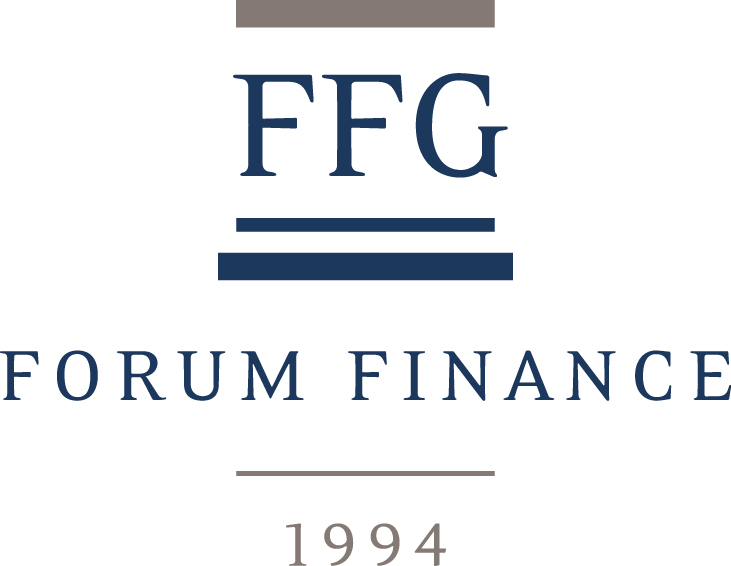Newsletter | September 2022
FED CHAIR POWELL CUTS HOPES FOR AN EARLY PIVOT TO RATE CUTS
3.9% THE EXPECTED PEAK LEVEL OF THE FED’S POLICY RATE HAS CLIMBED AGAIN
Investment perspective
The positive sentiment observed in markets since mid-June ended in the middle of August. Equity markets were resilient to rising bond yields intially, but then gave back all of their gains to end the month much lower; the MSCI World Index in local currencies dropped by 3.6%, with European equities underperforming and EM ones holding up better. The rise of bond yields was steep, with European sovereign debt being the most negatively impacted; 2-year Bund yields climbed by 92bps to end August at 1.18%, with 10-year ones rising by 72bps. The size of these moves was reflected by the 4.9% monthly drop of the Euro Broad Investment-Grade Index, dragging it down to a year-to-date decline of 12.9%. The high correlation between bond and equity markets remains entrenched and the comments by Jerome Powell at Jackson Hole only reinforced this relationship. The month of August also saw the US dollar appreciate strongly, as investors turned to one of the only remaining safe haven assets.
Jerome Powell’s Jackson Hole speech was eagerly awaited by investors. The Fed chair spoke for less than ten minutes but that was long enough to trigger a significant fall of equity markets as the S&P 500 Index lost 3.4%. Powell emphasised the central bank’s resolve to hike interest rates to curb inflation. He said that the Fed “must keep at it until the job is done” and that this would bring “some pain to households and businesses”. He pushed back against the notion of raising rates and cutting them soon afterwards. Investors are also bracing themselves for a more hawkish European Central Bank. The ECB is widely expected to raise rates by a half percentage point at its next policy meeting on September 8, with some policymakers even pushing for a more aggressive move to raise rates by 0.75%.
Investment strategy
During our last investment committee, we decided to reduce our equity allocation to underweight. The strong summer rally of equities provided an opportunity to exit some of our positions at higher prices, with the objective to raise the level of cash and to contain some of the portfolios’ volatility. We have mostly, but not exclusively, acted on European positions as Europe remains the most fragile region. The energy crisis, inflation pressures and the increasing risk of a recession have led us to turn more cautious, especially as the recent rally was quickly losing momentum. The level of uncertainty on many issues remains high and, in certain cases, represents too much of a binary risk. The higher level of liquidity will provide more flexibility to rebuild positions if equity markets were to correct in the upcoming months.
Bond markets also still need to find an equilibrium level. The message sent by Jerome Powell means that yields are more likely to keep on rising and at risk of further hurting the prices of equities. As long as bond markets remain as volatile, it will be difficult for other asset classes to stabilise.
WE HAVE REDUCED OUR EQUITY ALLOCATION FOLLOWING THE SUMMER REBOUND
Portfolio Activity/ News
Following a good start, August ended up by being a negative month for the portfolios. With both equity and bond markets posting negative returns, there were only a limited number of positions ending August in positive territory. The best contributions were provided by frontiers markets’ equities, the metal mining fund, the trend-following CTA strategy, emerging markets bonds and equities, as well as high-yield bond funds. European Small Caps and other European equity funds, the global technology fund, and the European sovereign debt fund, due to its long duration, were the portfolios’ main detractors. For portfolios not denominated in USD, the US dollar exposure was a positive contributor.
Despite the negative performance observed in most markets in August, it was somewhat reassuring to note that emerging and frontier markets produced positive returns. At a time when it is challenging to find assets which are less correlated, the broad diversification within the portfolios enables to benefit from these different trends. The fact that Chinese authorities are attempting to stimulate their economy when developed markets are facing more restrictive conditions explains this contrast in terms of market performance.
Download the Newsletter
